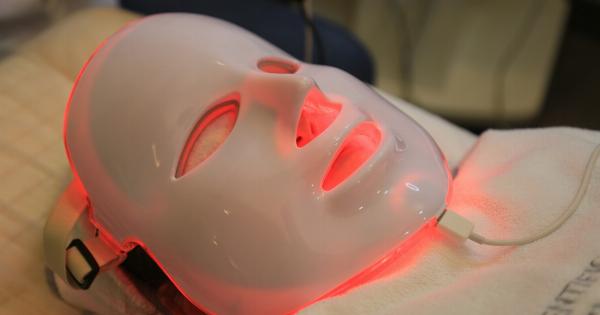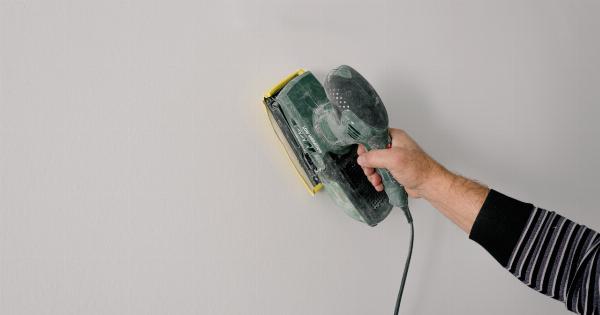Chemical peels have been a widely used cosmetic treatment for many years. Chemical peels help to improve the appearance and texture of the skin by removing the outer layer of damaged skin cells.
It is a non-surgical cosmetic treatment that requires a trained professional to perform.
What are Chemical Peels?
Chemical peels are a treatment that uses a chemical solution to exfoliate the outer layer of your skin. The peel solution can be made from different acids such as Alpha Hydroxy Acids (AHA), Glycolic Acid, Salicylic Acid, and Trichloroacetic Acid (TCA).
These acids exfoliate the top layer of skin cells, revealing fresher, smoother, and more youthful-looking skin underneath.
Types of Chemical Peels
There are various types of chemical peels available, and they are classified based on the strength of the acid used and the depth of the peel. The different types of peels include:.
Superficial Peel
A superficial peel is the mildest form of chemical peel available. This type of peel uses a mild acid, such as glycolic acid or salicylic acid, to remove the outermost layer of skin.
Superficial peels do not penetrate deep into the skin, and they are best for people who want to improve the texture and tone of their skin. This type of peel requires no downtime, and you can return to your daily activities right after the treatment.
Medium Peel
Medium peels use a stronger acid, such as TCA, to penetrate deeper into the skin. Medium peels are best for people who want to improve the appearance of fine lines, wrinkles, and sun damage.
After this type of peel, your skin may appear red and may peel for a few days. Downtime is usually required after a medium peel, and you will need to avoid direct sunlight for several days and use a moisturizer and sunscreen.
Deep Peel
A deep peel uses a very strong acid, such as phenol, to remove the outer layer of skin and penetrate deep into the dermis. This type of peel is best for people with deep wrinkles, scars, or other severe skin damage.
This type of peel requires significant downtime, and you may be required to stay in a controlled environment for several days following the treatment.
Benefits of Chemical Peels
There are numerous benefits to undergoing a chemical peel, including:.
Improved Skin Texture and Tone
Chemical peels help to exfoliate the skin, which can result in a smoother, softer, and more youthful-looking complexion. By removing the outermost layer of skin, chemical peels also help to reduce the appearance of fine lines, wrinkles, and age spots.
Reduced Acne Scars
Chemical peels can help reduce the appearance of acne scars by removing the outer layer of damaged skin cells. By promoting the growth of new skin cells, chemical peels can help to smooth out acne scars and improve the overall texture of your skin.
Improved Skin Hydration
Chemical peels can help to hydrate and moisturize your skin by stimulating the production of collagen.
Collagen is essential for maintaining healthy and youthful-looking skin, and chemical peels can help to increase the production of this vital protein.
Risks of Chemical Peels
While chemical peels are generally safe, there are some risks associated with this procedure. Some of the possible risks of chemical peels include:.
Scarring
In rare cases, chemical peels can cause scarring or skin discoloration. It is important to discuss the risks of scarring with your dermatologist before undergoing a chemical peel.
Burns
A chemical peel that is too strong can cause burns and damage to your skin. Ensure that you are getting your chemical peel done by a trained professional to minimize the risk of burns.
Skin Sensitivity
After a chemical peel, your skin may be sensitive and prone to irritation. You may need to avoid certain skincare products or activities that can irritate your skin.
Conclusion
Chemical peels are a valuable cosmetic treatment that can help to improve the appearance and texture of your skin. It is important to work with a trained and experienced professional to minimize the risks associated with this treatment.
By discussing the benefits and risks of chemical peels with your dermatologist, you can make an informed decision as to whether this treatment is right for you.





























